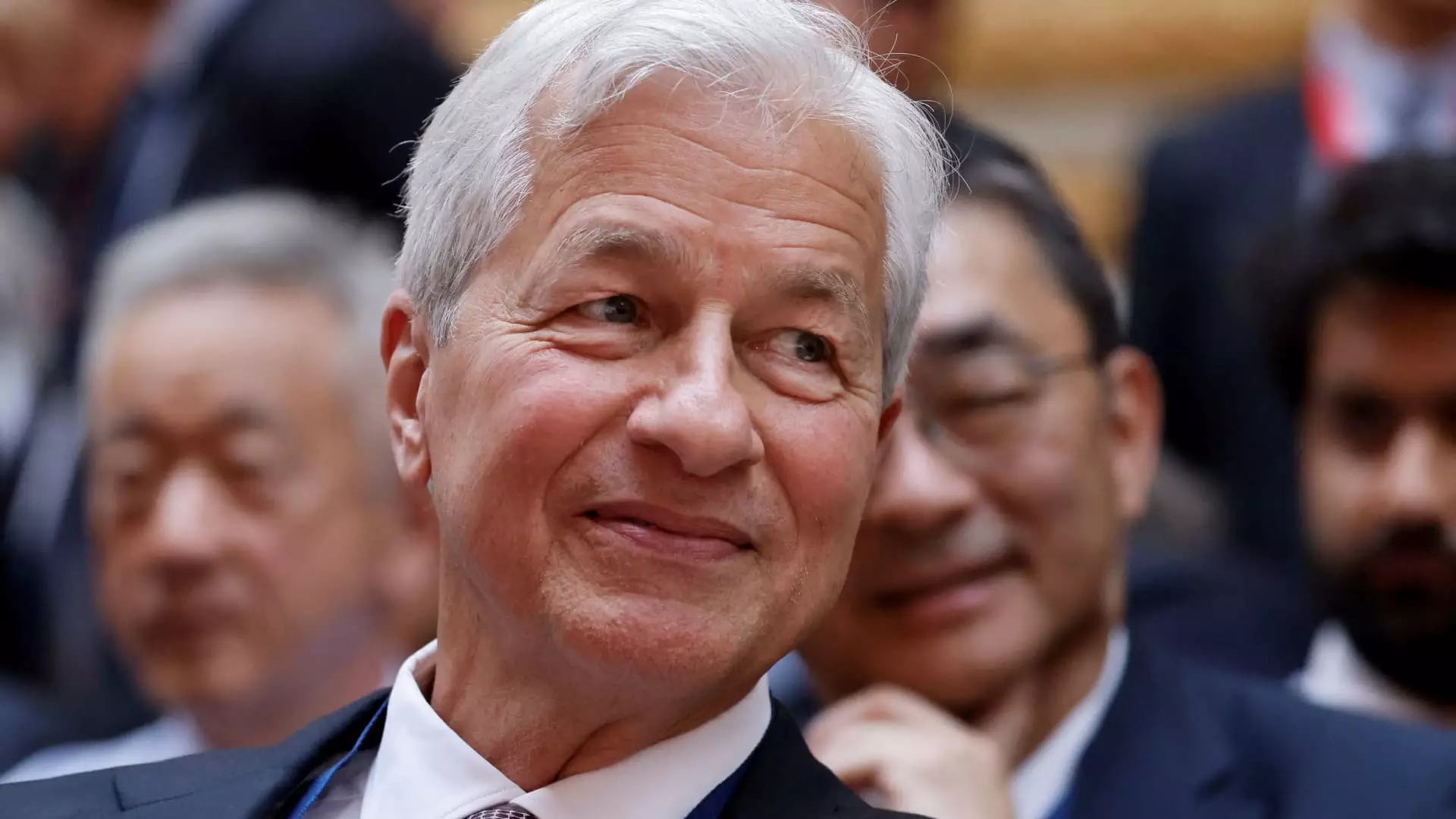In recent discussions, JPMorgan Chase executives have openly addressed the challenge posed by an accumulating surplus of capital amounting to an impressive $35 billion. This situation, as articulated by CFO Jeremy Barnum, presents what he refers to as a “high-class problem,” indicating that while an extensive cash reserve can be an asset, it also raises questions about optimal capital deployment and shareholder value. This accumulation ostensibly stems from the bank’s proactive approach to preparing for more stringent regulatory frameworks, specifically the Basel III requirements. However, as the regulatory climate shifts, the question arises: what should JPMorgan do with this cache of cash?
With pressures from investors and market analysts mounting, JPMorgan has fortified its position on initiating share buybacks as a means to mitigate the growth of its excess capital. These buybacks serve a dual purpose: rewarding shareholders and preventing the potential stagnation of excess reserves. The decision, however, is not taken lightly and reflects an evolving economic environment. Barnum’s comments suggest a readiness to pivot quickly to return capital when organic investment opportunities are scarce, emphasizing the bank’s anticipation of varying market conditions. This cautious approach serves as a prudent strategy amid fluctuating economic indicators and the potential for downturns.
CEO Jamie Dimon remains a key voice in shaping JPMorgan’s financial strategy, particularly when it comes to buybacks. Following a record year in profits, Dimon has resonated with a sentiment of fiscal discipline, illustrated by his reluctance to engage in massive stock repurchases when the company’s shares were at a high valuation. His admonition that aggressive buybacks at over two times tangible book value could be detrimental reflects a foundational principle of sound financial management: the need for responsible capital allocation in the face of valuation concerns. Despite stock prices increasing by 22% since his remarks, allowing for potential buyback initiatives, it remains crucial for Dimon and his team to balance shareholder expectations with long-term growth strategies.
A critical aspect of JPMorgan’s oversight is the acknowledgment of potential economic headwinds that loom on the horizon. Since 2022, both Dimon and Barnum have issued warnings regarding a possible economic recession, though such predictions have not yet materialized. This foresight underscores the bank’s methodical approach in safeguarding its financial health. The bank’s commitment to prepare for various economic scenarios, as Barnum indicated, reveals a comprehensive risk management strategy that seeks to ensure resilience against potential market disruptions.
By maintaining a robust capital base, JPMorgan is in a strategic position to seize market share during any impending economic downturns, as pointed out by analysts like Charles Peabody from Portales Partners. Such a perspective highlights the bank’s capacity to outmaneuver competitors who may be financially strained during recessive periods, thereby enabling JPMorgan to enhance its market presence when opportunities arise.
JPMorgan Chase’s handling of its excess capital illustrates a balanced approach to corporate finance. Initiating share buybacks can provide immediate shareholder gratification, yet the institution remains acutely aware of future economic uncertainties. The proactive management of excess capital within the framework of anticipated market conditions demonstrates JPMorgan’s commitment to both investor returns and sustainable growth. As the bank navigates this complex landscape, its decisions will undoubtedly influence not only its own financial health but also set the tone for the broader banking sector amidst an evolving economic backdrop.

